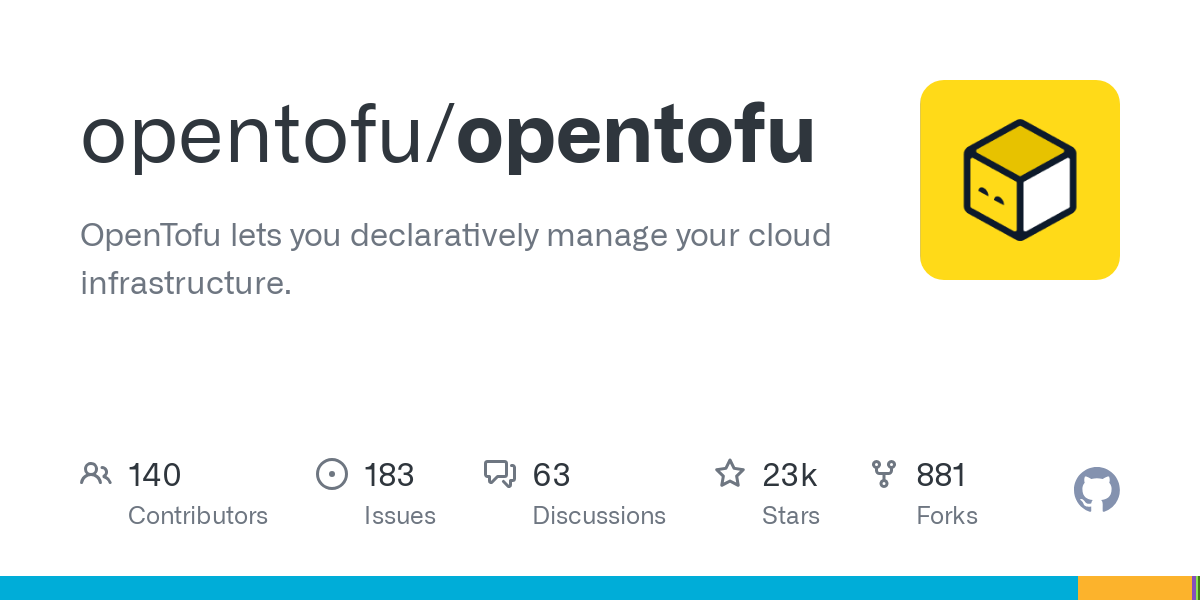Time to piss off both camps an start calling it f5x.
- 2 Posts
- 27 Comments

 2·1 year ago
2·1 year agoDonwside to 2: Your VM becomes harder to move between hardware, you lose snapshotting capabilities from a copy-on-write image.
5 is flexible, but has limitations. For example you wouldn’t want to run databases on NFS volumes.
If initialization time is the only problem with 4, you could create several smaller images on the disk. Create the first one, initialize the VM and set up an LVM volume on it, then start creating more volumes and extend the LVM volume.

 1·1 year ago
1·1 year agoThese days I would recommend CrowdSec over fail2ban.

 71·1 year ago
71·1 year agoWhat REALLY irks me is that the gboard keyboard on Android is context-sensitive. No, I don’t want to have a shortcut for “.com” when long-pressing the period key while typing an address, I want to type a fscking dash!

 2·1 year ago
2·1 year agoRight?!! Consider this - if you replace the scroll wheel with two buttons, which one would you press to scroll down?

 11·1 year ago
11·1 year agoI don’t trust them to pick good produce for me.

 3·1 year ago
3·1 year agoAlso missing the Doctor.
SO: asks a yes/no question
Me: elaborates first for 5 minutes, forgets to say yes or no

Betteridge’s law of news headlines strikes again!

 10·1 year ago
10·1 year agoRetaliate with Pakleds!

 6·1 year ago
6·1 year agoI’ve had acquaintances waste away trying to delay cancer death. Hospice is not fun, so I’d rather go out on my own terms.
Plus, any kind of money making scheme I’d think of is likely going to end up like the “aim for the bushes” scene in The Other Guys.
Perhaps this will change your prospects.

 211·1 year ago
211·1 year agoThe author of the site works for Brave. The results need to be taken with a grain of salt. Is is more private than Chrome? Absolutely. Is it the best browser for privacy? Ehhh…
My favorite example is this one, because it’s a faithful translation of the meaning of the song while substituting words to keep the rhymes.
That is literally called The Gallop!

 2·1 year ago
2·1 year agoThis is not peer reviewed research.
The trust issue is a constant concern in the tech world (SSL certificates, firewalls, authentication/authorization/accounting, blockchain, etc). The problem is that the approaches adopted don’t make it into the public until it’s late for two reasons:
- They tend to cost money
- They take effort
Every once in a while some service comes out that strikes a good balance and brings forth a paradigm shift. Letsencrypt did that for SSL, zero trust did it for internal systems communication, and so on. However there’s always lag in adoption of security measures, and it only takes one malicious actor adopting new technology to blow a hole wide open in “tried and true” security and trust measures.






To clarify on the terminology: You’d be adding a second node to a cluster.
As to what it gives you: Going from 1 node to 2 nodes gives you some extra compute power to run your workloads. It does hower not increase reliability of the cluster, for that you’d need a minimum of three nodes. At that point you’ll have quorum, and will be able to take down any one node while still maintaining a quorum for cluster consistency. Quorum is half your nodes rounded up, so for 2 and 3 nodes the quorum is 2, for 4 and 5 nodes the quorum is 3, etc. In other words, a simple majority of nodes needs to be up for the cluster to be able to “vote”. Then you’ll be able to do fun things like load balancing, shared storage, etc.
As for how to add nodes to a cluster - here’s the documentation.